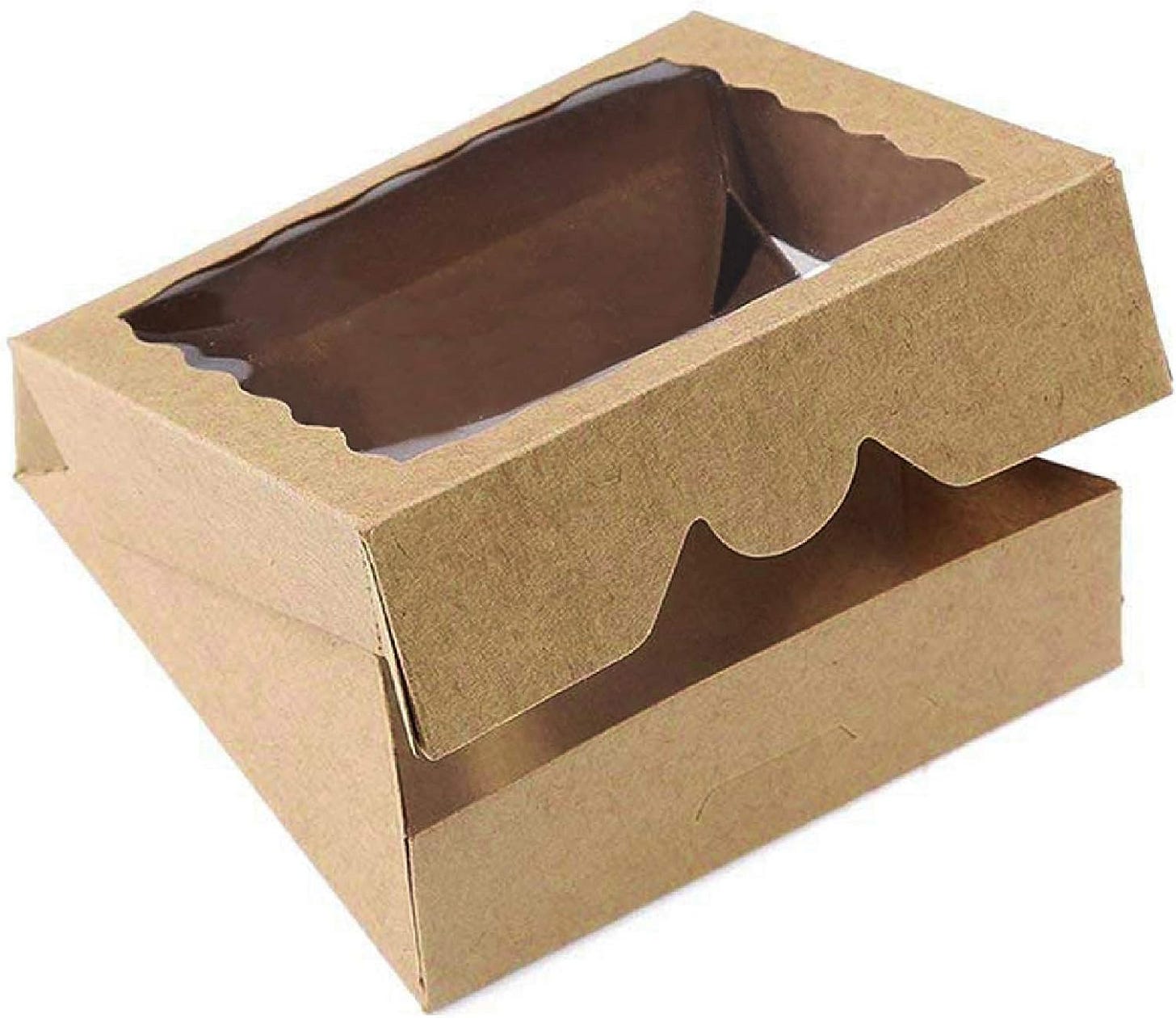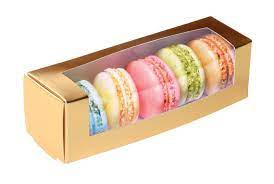JACK JACKIEY
Food Packaging
The Art and Science of Food Packaging
The Art and Science of Food Packaging: From Bakery Boxes to Macaron Elegance
In the world of food, presentation is everything. Whether you're a bakery owner, a restaurant manager, or a home cook, the way your food is packaged can make a significant impact on customer satisfaction and brand perception. Food packaging isn’t just about protection; it's also about creating an experience and conveying a message. Let's delve into the fascinating world of food packaging, exploring various types of packaging such as bakery boxes, cake boxes, macaron boxes, cone sleeves, and food boxes.
1. Bakery Boxes: More Than Just a Container
Bakery boxes are a staple in the world of baked goods. They come in various sizes and designs, catering to everything from a single cupcake to a dozen cookies. The primary function of a bakery box is to keep baked goods fresh and presentable, but they also serve as a canvas for creativity.
Custom Designs: Bakery boxes often feature customizable designs that reflect the bakery's brand. From elegant patterns to whimsical prints, these designs can turn a simple box into a memorable part of the customer experience.
Materials: High-quality cardboard and paperboard are common materials used for bakery boxes. These materials provide the necessary sturdiness to protect delicate pastries and cakes while also being eco-friendly options.
Practical Features: Many bakery boxes include practical features like window panels for showcasing the treats inside or handles for easy carrying. These additions enhance the overall customer experience and make the boxes more functional.
2. Cake Boxes: Keeping Cakes Safe and Stunning
When it comes to cakes, especially intricate and multi-layered ones, packaging is crucial. Cake boxes are designed to ensure that cakes arrive at their destination intact and looking as beautiful as when they left the bakery.
Size and Shape: Cake boxes come in a range of sizes and shapes to accommodate everything from small individual cakes to large wedding cakes. Some even have adjustable heights to fit cakes of varying tiers.
Protective Features: Sturdy construction and secure locking mechanisms are essential to prevent any damage during transport. Some boxes also include inserts or supports to keep the cake steady.
Personalization: Like bakery boxes, cake boxes can be customized with designs, messages, and branding elements, adding a personal touch that enhances the celebratory experience.
3. Macaron Boxes: Elegance in Every Detail
Macarons are delicate, colorful confections that deserve equally refined packaging. Macaron boxes are designed to showcase these treats in a way that highlights their beauty and ensures their freshness.
Visual Appeal: Macaron boxes often come with transparent windows or elegant compartments that allow customers to see the vibrant colors and intricate designs of the macarons.
Compartments: These boxes usually feature individual compartments to keep each macaron separate, preventing them from touching or getting damaged.
Luxury Touches: High-end macaron boxes might include decorative elements such as ribbons or gold foiling, making them a luxurious gift item as well as a practical packaging solution.
4. Cone Sleeves: A Fun and Functional Twist
Cone sleeves are a unique packaging solution, primarily used for items like ice cream cones or waffle cones. They provide a fun way to serve and enjoy these treats while also offering practical benefits.
Design Flexibility: Cone sleeves can be customized with playful designs, colors, and branding, making them an attractive addition to any ice cream shop or event.
Functionality: Besides adding an aesthetic appeal, cone sleeves help prevent messes and provide a grip, making it easier for customers to enjoy their ice cream without the risk of drips or spills.
5. Food Boxes: Versatility Meets Convenience
Food boxes are a versatile packaging solution used for a wide variety of foods, from takeout meals to catered events. They come in numerous shapes and sizes to suit different types of food.
Durability: Food boxes are designed to withstand various conditions, including heat and moisture. This ensures that the food stays fresh and safe during transport.
Eco-Friendly Options: With growing environmental concerns, many food boxes are now made from recycled or biodegradable materials. These eco-friendly options help reduce waste and appeal to environmentally conscious consumers.
Branding Opportunities: Like other types of food packaging, food boxes can be customized with branding, logos, and messages, reinforcing the brand identity and creating a cohesive customer experience.
Conclusion: The Importance of Thoughtful Packaging
Food packaging is an essential aspect of the culinary experience, blending functionality with creativity. From bakery boxes and cake boxes to macaron boxes and cone sleeves, each type of packaging plays a crucial role in preserving the quality of food, enhancing its presentation, and reinforcing brand identity. As consumers continue to value both aesthetics and sustainability, the food packaging industry will likely continue to innovate, offering new solutions that cater to evolving tastes and preferences.





